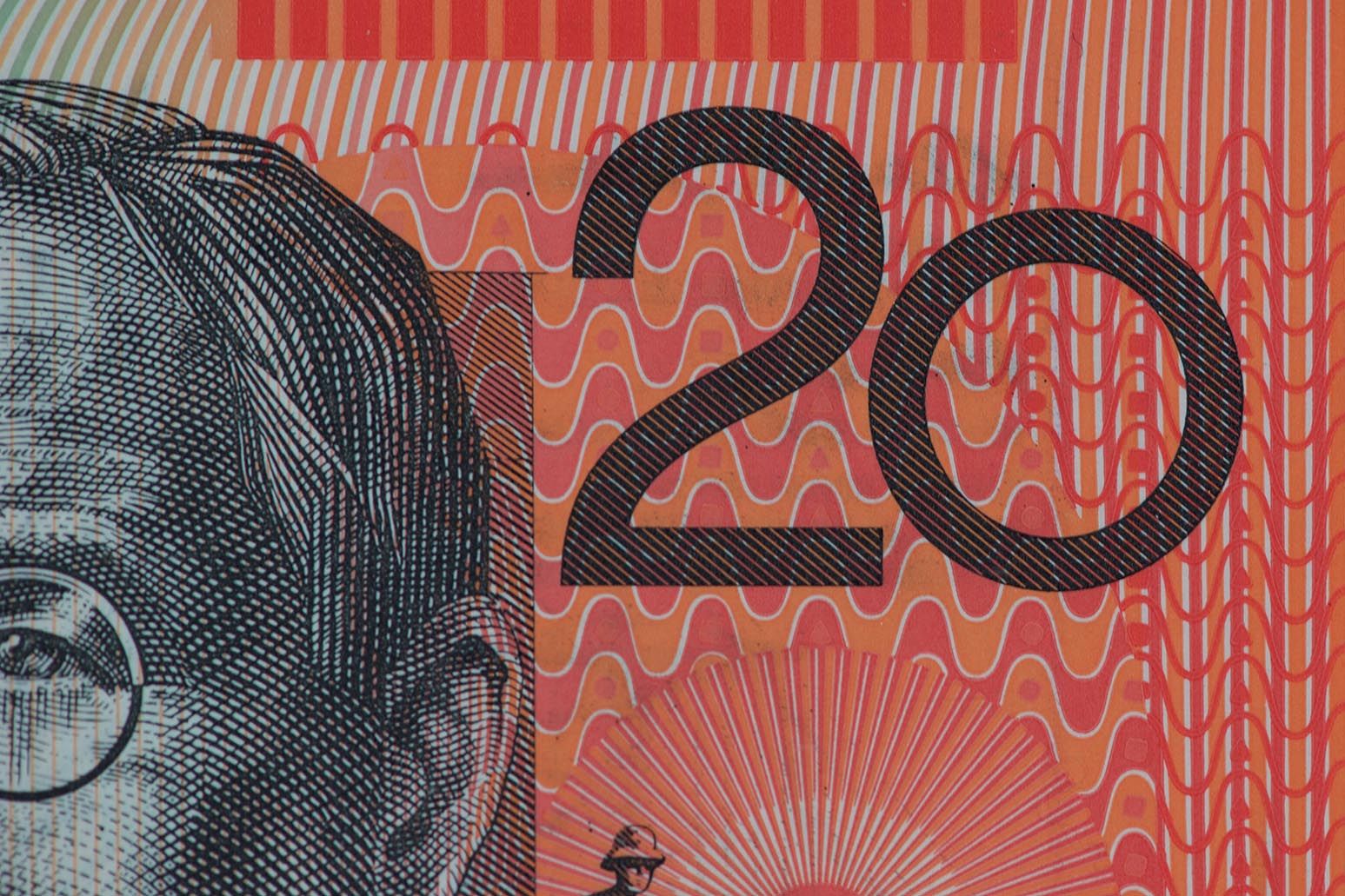Australian Dollar: Goldman Sachs sees More Support Ahead as Next Pension Drawdown Looms
- Massive pension drawdowns seen supporting AUD
- 2nd round of drawdowns looms
- Overnight volatility seen on Navarro comments

Image © Adobe Images
- GBP/AUD spot rate at time of writing: 1.8025
- Bank transfer rates (indicative guide): 1.7394-1.7520
- FX specialist rates (indiacative guide): 1.7606-1.7863
- More information on the above
The Australian Dollar's ongoing bout of appreciation is largely attributed to its high beta status - i.e. the positive correlation it enjoys with investor risk appetite in general, and equity markets in particular. Therefore, the rally in global markets since March has proven a supportive factor to the currency.
However, researchers at Goldman Sachs say a significant pillar of support might well have been derived from the Australian government's decision to allow citizens to draw down their pension pots as part of efforts to mitigate the economic downturn caused by the covid-19 pandemic.
As part of their response to the covid-19 crisis, the Australian government allowed workers to take up to A$20K out of their pension pot (superannuation savings) in two A$10K tranches over the course of the next two years.
The two periods are between mid-April and fiscal-year-end and in the next fiscal year which falls after June 30.
With the second drawdown period approaching, the Australian Dollar could see "potential near-term support ahead," according to Michael Cahill, an analyst at Goldman Sachs.
"In the weeks leading up to April 20 - the start of the first withdrawal period - AUD was the second-best performing currency globally," says Cahill. "Historical trading volumes around that period suggest the rally was primarily driven by pension funds selling overseas equities and converting the returns (of unhedged holdings) to domestic currency."
"We think we could see a similar dynamic in the coming week or so, ahead of July 1, as funds prepare for another round of withdrawals," says Cahill.
Australia has the world’s fourth-largest pension system with more than A$3TN in assets under management. The government predicts its decision to allow people in financial distress to withdraw from their superannuation accounts could result in a A$30BN injection into the economy.
"Although there may be more limited need for foreign asset sales than in the first round (given some people that made early withdrawals had less than A$10,000 in their account and, therefore, cannot participate in the second round), we think net short AUD positioning leaves scope for a potentially quick reversal on any upside pressure," says Cahill.
The Australian Dollar was subject to volatility overnight after a U.S. official unintentionally shook global markets with comments concerning the state of the U.S.-China trade deal.
U.S. economic advisor Peter Navarro was quoted saying that the US‑China trade deal was over, a move that triggered losses in global equities as well as the Australian Dollar which retains a high correlation with broader stock market movements.
The move however proved short‑lived as Navarro rowed back from the comments saying they were "taken wildly out of context" and the phase one US‑China trade deal remains in place. President Donald Trump quickly tweeted that "The China Trade Deal is fully intact."
"AUD/USD briefly fell around ½ US cent after Peter Navarro was quoted saying the US‑China trade deal was over. Although his comments were quickly rebuked, we remain conscious of the risk that US‑China relations deteriorate as the US 3 November election nears," says Kim Mundy, a foreign exchange strategist with Commonwealth Bank of Australia.
The Pound-to-Australian Dollar exchange rate is currently quoted at 1.8025, while the Australian-to-U.S. Dollar exchange rate is quoted at 0.6906.









